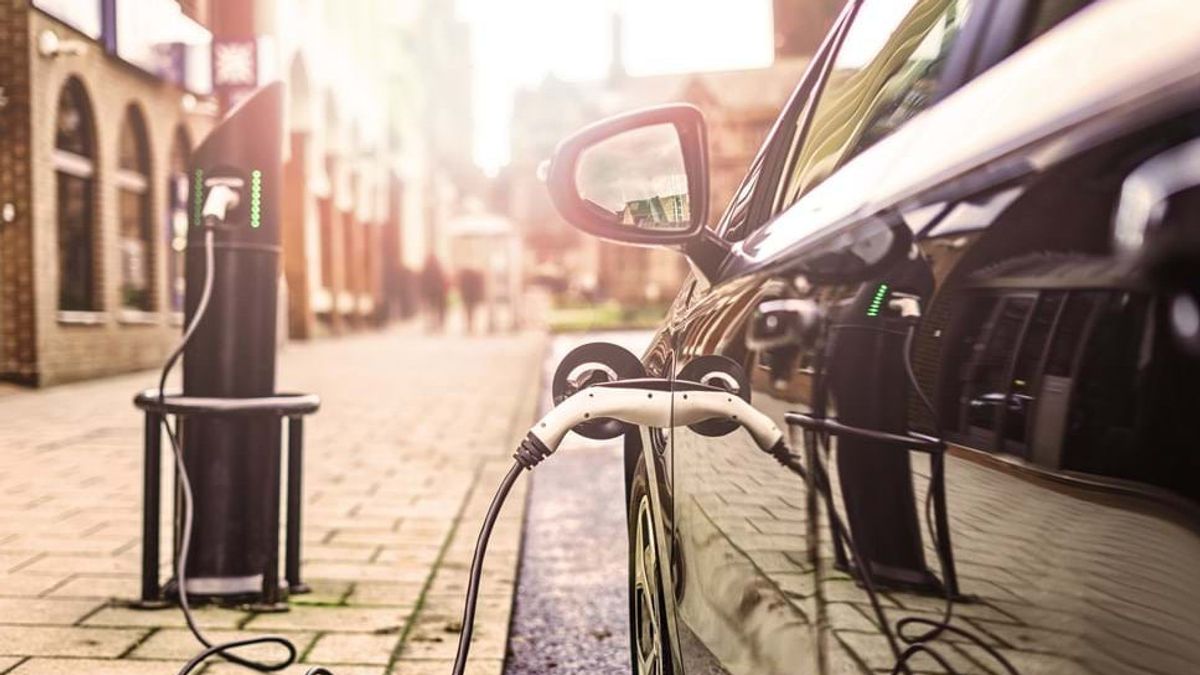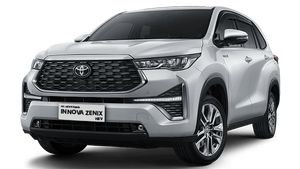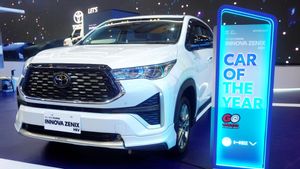JAKARTA - The use of electric vehicles has increased rapidly in recent years, especially in developed countries. Along with increased awareness about climate change and concerns about dependence on fossil fuels, the use of electric vehicles is predicted to continue to increase in the future.
According to a report from the International Energy Agency (IEA), by 2030, the number of electric vehicles operating around the world is estimated to be 60 percent of vehicles worldwide. This is driven by increased production of electric vehicles, increased battery charging infrastructure, and government policies that further support the use of electric vehicles.
In some countries, the use of electric vehicles is expected to be much higher than others. For example, in Norway, it is estimated that by 2030, more than 90% of all vehicles sold will be electric vehicles.
A recent study published by research firm Wood Macson, estimates that the number of public fast charging ports for electric vehicles will increase 60 times between 2022 and 2050 in the United States and Canada as quoted from insideclimatenews, March 30, 2023.
This growth rate shows that future gas stations may turn into electric charging stations. The study shows that consumers are increasingly turning to electric cars and with the increasing number of electric cars circulating, there needs to be adequate infrastructure to charge the car battery.
The study involved surveys of more than 10,000 respondents, and found that the majority of consumers thought that easy and fast charging of car batteries was an important key in adopting electric cars. The survey results show that nearly 80% of consumers say they will be more likely to buy electric cars if there is easier and more accessible charging infrastructure.
One way to meet these needs is to turn an existing gas station into an electric charging station. The study says that the current gas station is very suitable to be converted into an electric charging station because of its easy-to-reach location, existing infrastructure, and can also be a new alternative for gas station owners to develop their business in the future.
However, the study also acknowledges that there are still some obstacles in turning a gas station into an electric charging station. One of these obstacles is the cost of changing existing infrastructure and installing a new electric charging station. In addition, there are still concerns about the availability of adequate electric power to charge electric car batteries if more electric cars are circulating.
In order to overcome these obstacles, this study suggests that governments and industries work together to develop solutions that allow the transformation of gas stations into easier and more affordable charging stations. That way, it is hoped that consumers can easily charge their electric car batteries anywhere, including in locations that used to be gas stations.
The English, Chinese, Japanese, Arabic, and French versions are automatically generated by the AI. So there may still be inaccuracies in translating, please always see Indonesian as our main language. (system supported by DigitalSiber.id)













